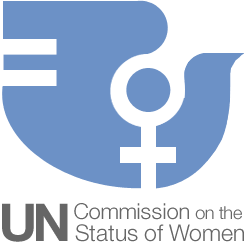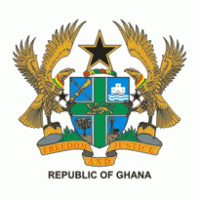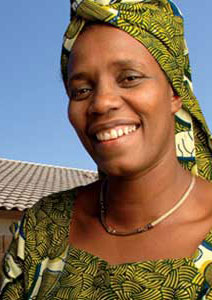In terms of where the world stands on gender equality in 2015, we have moved leaps and bounds from where women stood a century ago. However, there is still a very long way to go. According to the Blackboard text “Women, environment and sustainable development: making the links”, women are still oppressed in work, health, land rights and education to name a few. Also, women make up the majority of the world’s poor.
Since the 1940’s, there have been a considerable amount of policies passed to protect women and encourage equality. In June of 1946, the Commission on the Status of Women was created to ensure women’s empowerment and promote discussion about women’s obstacles (see article here). 1975 marked the year that first United Nations Conference on Women was held in Mexico City, it “called upon governments to develop strategies that would bring gender equality, eliminate gender discrimination and integrate women in development and peace-building,” (source). In 2000, it was announced that goal number three of the Millennium Development Goals would be dedicated to promoting gender equality and empowering women (source). Although all of these efforts have led the world in the right direction, there still seems to be something missing – something more that can be done.
Although the United Nations and other organizations have implemented policies promoting female empowerment, it is up to individual governments and cultures to promote change. According to globalissues.org, ” some places claims are made that women’s rights will be respected more, yet policies are sometimes not changed enough—or at all—thus still undermining the rights of women.”
In my opinion, I think it is important to focus efforts on women’s rights in impoverished nations. Although there is gender discrimination globally, developing nations should catch up to the rest of the world on the subject before we should push for change in places like the United States. Making small strides to stop clear human rights violations like female genital mutilations should be the utmost priority. Besides FGM, this idea of arranged marriages between men and very, very young girls that subsequently leads to a lack of education, unemployment and perhaps household violence is something that needs to be addressed. In last weeks reading assignment, we read about Denise Dunning of Let Girls Lead. Just by making the small stride to persuade leaders of villages to outlaw marriage under 21 is a step in the right direction. Small movements like this can cause a domino effect and eventually catch the attention of governments that have the power to make it into law.
After spending a large part of this semester discussing poverty and how to end it, I’ve noticed that women play an incredibly integral role in any economy. I seems that for a nation to truly move out of poverty and toward sustainable economic growth, it truly cannot be done with women.
I don’t think this issue is specific to just developing nations, women in wealthy nations experience the same set backs – maybe just not as often or in such severe circumstances. Regardless of where it is in the world, women who are educated and employed will often quit their jobs or education once they get married and have children. Women who marry very young – something that is more common in less wealthy nations – will not even have access to an education because they become the primary care taker of that household at a very young age.

Political cartoon depicting gender equality. Source: politicalcartoons.com, Petar Pismestrovic, Kleine Zaitung, Austria.
According to the text provided on Blackboard, Women, Work, and the Economy, “There is ample evidence that when women are able to develop their full labor market potential, there can be significant macroeconomic gains.” Also, having a greater talent pool for employers to choose from creates competition which leads to economic growth implications.
Furthermore, Gallup conducted a study with around 800 business units in two different industries: retail and hospitality. The units in both industries showed that those with more gender diversity have better financial outcomes than those with less gender diversity – retail by 14% higher average revenue, and hospitality by 19% higher average quarterly net profit.
In my opinion, the bottom line is that women are a resource, just like men – and it would be foolish for a nation not to utilize all of its resources.

























